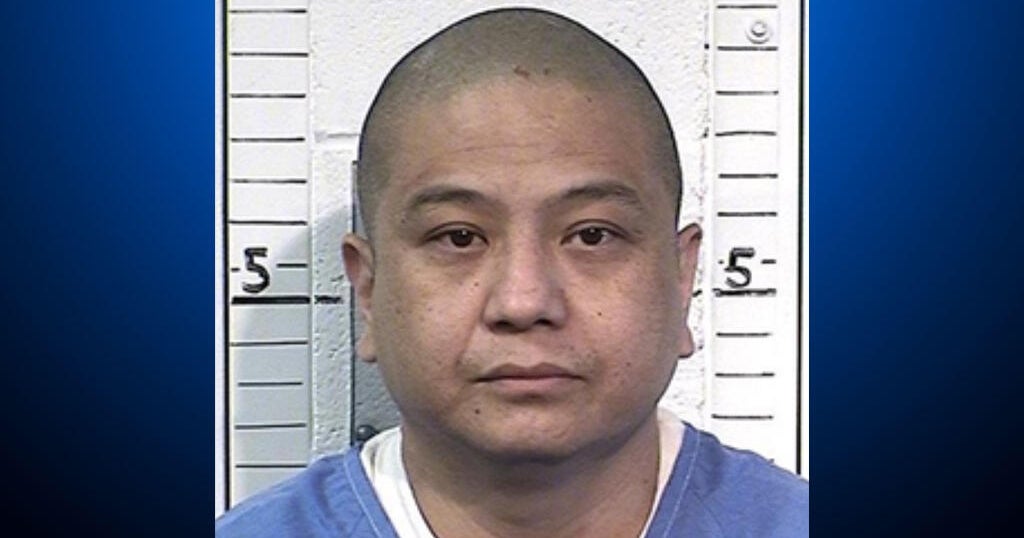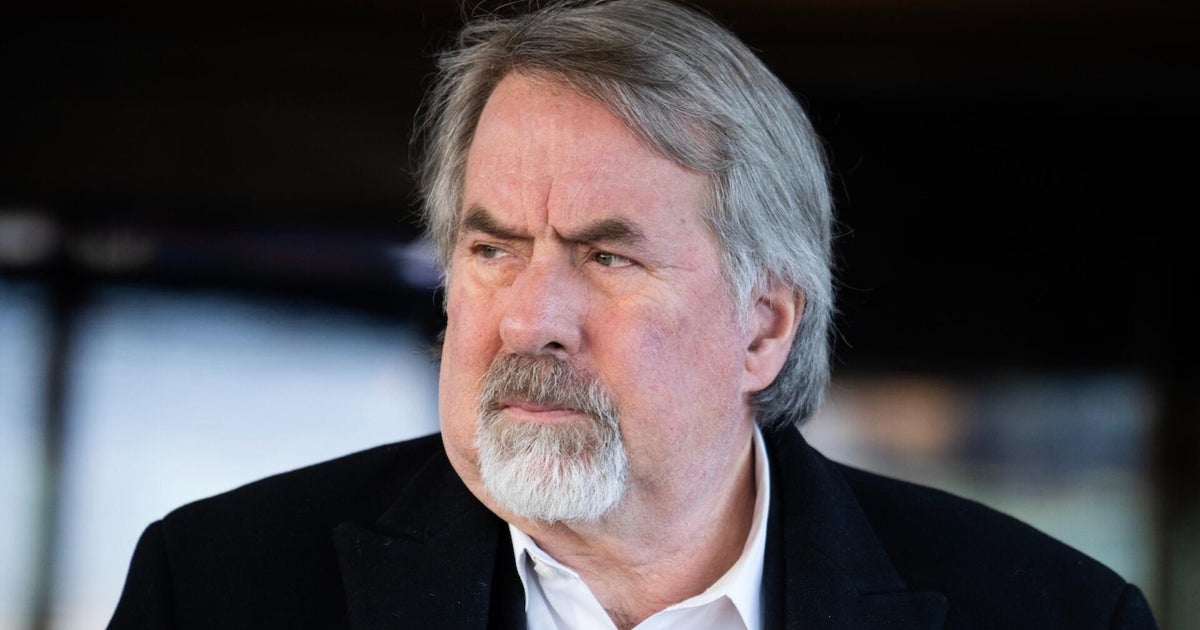California implementing rehabilitative programs in state prisons to reshape incarceration methods
California is making bold moves to dismantle death row at San Quentin Rehabilitation Center, one of the most notorious prisons in the United States. This change comes as executions have been halted and inmates on death row are being transferred to other prisons across the state.
California Gov. Gavin Newsom, who halted executions at San Quentin about five years ago, is leading the charge.
The reform stems in part from a ballot measure passed by voters requiring condemned prisoners to work and pay restitution to their victims' families. Newsom said the closing of death row at San Quentin means over 600 death row inmates are being transferred to other state prisons.
Inmates like Albert Jones have been transferred from death row to maximum-security prisons, where they will have cellmates and more privileges, such as not being in handcuffs for most of the time.
"It's going to be good for a lot of us," said Jones.
Some family members of victims are unhappy with this move because it grants inmates privileges. Newsom acknowledged the concerns but said that the idea of victim restitution and some form of compensation was supported by voters, and clarified that the inmates are not being released.
"We're not letting people out. They're still condemned for life," said Newsom.
How the reform program works
The shift is part of a larger effort to reshape the state's prison system.
The state is rolling out the California Model, a taxpayer-funded initiative across eight prisons statewide that aims to rehabilitate general population prisoners for life after incarceration. The program includes classes ranging from sign language to therapy to coding, intending to reduce recidivism
In the San Quentin prison yard, most inmates are serving life sentences, many for committing serious crimes. Despite this, they are not handcuffed or confined behind cell doors. This approach is part of a deliberate rehabilitative culture that California aims to implement in other facilities statewide.
"It's about addressing the reality that 95% of prisoners in the California system are going to be released back into the community. Are they going to be released healthier than they came in or more broken?" Newsom said. "We can be as dumb as we want to be, you know, reincarcerate them, the costs associated with that when you had that time in prison, where we actually could have been fundamentally addressing the issue of trauma, and ultimately addressing the issue of public safety."
Newsom says he measures the program's success by gauging the reduction in recidivism, which is the rate at which former prisoners reoffend.
California's recidivism rate is just below the national average at 42%, but Newsom aims to lower it further. In an effort to do that, he is investing $239 million in remaking San Quentin alone, a figure that was adjusted after feedback from his advisory committee. Newsom said he is basing the California Model on one that's worked for decades in Norway, where the recidivism rate has dropped significantly in recent years.
"We want to bring an innovative mindset to criminal justice reform. The overwhelming majority of people that are incarcerated end back in your neighborhoods," said Newsom.
Success stories
One of the success stories is Greg Eskridge, an inmate at San Quentin who hosts a radio program. Eskridge, who was sentenced to 58 years to life for murder, reflected on his conviction and the impact of rehabilitation programs.
"Many people come from disenfranchised backgrounds," he said. "To see people investing their time, their money, and their resources gives a person a new way of thinking, and once people begin to retrain their thinking, they become successful."
Eskridge appeared before the parole board a few months ago, and the board recommended his release. He says he's prepared to live a crime-free life.
Jeff Macomber, the state's prisons chief and a former guard, said he was initially skeptical of the California Model but now believes that investing in rehabilitation can reduce costs and prevent further crime.
"It's costing you a lot more to keep people in prison, and people coming back, and I don't want to create more crime victims out there," he said.
Macomber added that reducing violent behavior among inmates should lead to fewer staff assaults and injuries. He pointed out that Norway's criminal reform laws in the 1990s, which overhauled prisons and criminal sentencing, took 10 to 20 years to implement. He acknowledges that it will take time to achieve similar results, but he is confident they will get there as long as there's buy-in from correctional staff.
The approach also aims to improve safety for prison guards, who face high suicide rates.
Mixed reactions
Not all correctional officers are on board.
Lt. Nicholas Hamett admitted having initial skepticism. Officer Josephine Solis saw it as an opportunity to treat inmates with respect.
"What happens if we give them that respect? Do they give it back?" Solis asked.
Meanwhile, some victims' families believe the initiative is chipping away at the justice they are supposed to receive.
John Sparry's stepson, Kyle Myrick, was beaten to death by a coworker when he was 28 years old. His killer is serving 15 years to life. "Perpetrators, they serve some time, and now their time in prison is going to be even easier. So how is that justice?" he asked.
Sparry questioned the effectiveness of rehabilitative programs for those convicted of severe crimes.
"I don't think they're going to be fixed by any amount of dog training or horse petting or any other therapies that they offer. I think they're probably just beyond that," he said.
Newsom acknowledged the mixed feelings among victims' families.
"I'm deeply empathetic to the victims," Newsom said. "Not all victims are on board, but many are."
The state argues the California Model is about public safety, with Washington and Oregon adopting similar initiatives. Macomber said he believes other states will follow.
"Do you want those folks to have a job, career prospects, maybe get treated for their mental illness while they're here, maybe get the education they didn't have the opportunity for?" Macomber said. "If we know those individuals have a 20, 25, 30 percent lesser chance of coming to the prison, why wouldn't I do that? Why wouldn't I try that?"





